
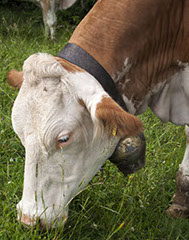
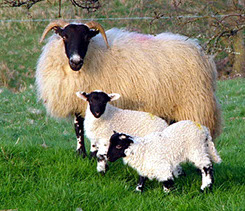
When deciding to farm using intensive grazing, one has to decide what species of livestock to raise. Determining that first can help decide what plot of land to use. For example, sheep and goats can handle more rugged terrain that a cow cannot handle. Hilly and rocky plots of land would be better suited for sheep and goats. Rolling hills are better suited for cattle and pigs. That being said, if the plot of land has already been purchased or leased, then that will decide what kind of livestock that will be raised on that land.
After figuring out what plot of land to use for farming, one has to determine what type of forage to use and the stocking density of this plot of land. The formula to figure out the actual number of animals that can be raised on the particular plot of land is as follows:
Stocking rate = (Dry Matter X total acres)/(Dry matter intake of livestock)
If one has not purchased or leased land, but has determined what species of livestock they want to raise, as well as how many animals they are wanting to work with, the formula to figure out how many acres they need are as follows:
Acres = (Daily intake X # of animals X days in pasture)/ (yield X utilization)
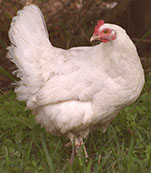
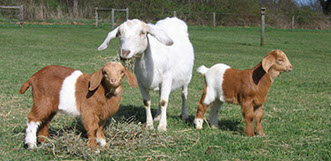
The daily intake is how much one animal will eat per day. The yield is how much the pasture will grow to feed the animals, which is determined by the forage that is chosen to raise. Yield rates can be found either through the site that the forage seed is purchased through, or a local extension agency. Utilization is a percentage of how much of the forage the animals will actually utilize when they are grazing and this will also depend on the type of forage that is raised. One must decide how many days they want their animals to stay in one pasture and then they can use the following formula to determine number of pastures:
Number of paddocks = (days of rest/ days on pasture) + 1
These few simple formulas help with the basic set up of a managed grazing system. Once these things are determine, one has to figure out what type of fencing to purchase, both exterior permanent fencing and interior, movable, fencing. The permanent fencing goes around the entire plot of land that is being used for grazing. The interior movable fences are used to divide the large pasture into the smaller pastures that the animals are moved from one to another during a full cycle of gazing in the large pasture. Finally, water access must be determined and how to set that up, be it with one central water source that the pastures move around, or a movable water source, that gets moved as the livestock gets moved.
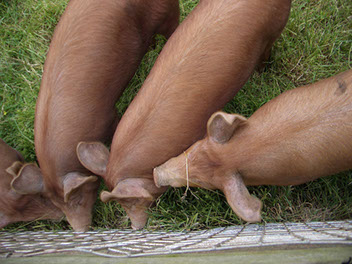
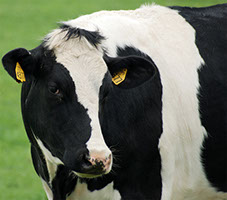
This is a quick overview of the basics and things to determine before purchasing the livestock that you want to rotationally graze. This information will help to figure out the general costs. Other items to consider are doing soil tests before planting forage, to determine if initial fertilizer needs to be added to the soil. The type of forage that is decided on also will help determine if one needs to add a mineral supplement block for the livestock to easily access.
Information from The Ohio State University Animal Science 3400 and Mississippi State University Extension, June 2008